
This Artist Creates Sci-Fi Illustrations That Look Like Book Covers And Film Posters From The 60s (35 New Pics)
These days, Jukka Nieminen (Grandeduc on Depositphotos) runs a small design studio and is a successful digital artist best known for his atmospheric sci-fi and cyberpunk 3D images.
He became passionate about sci-fi as a child when cult films like the original Star Wars trilogy were being released (however, he watched the first two episodes almost accidentally a few years after the premieres) and series like Doctor Who and Blake’s Seven were airing on British TV.
For a long time, creating detailed sci-fi illustrations was just a free-time activity for Jukka: his completed works could only be seen on his computer’s desktop as wallpapers. Over time, the artist mastered 3D tools and got busy illustrating stories from the ‘cinematic geek boy altverse’ (as he calls his sci-fi universe).
Recently, we asked him to tell his story and comment on some of his most intricate works.
See Jukka’s portfolio on Depositphotos.
Jukka Nieminen created his first illustrations using Photoshop and Illustrator and managed to achieve a 3D effect with 2D tools. But since he was excited to explore 3D software, he started watching tutorials and adding 3D to his workflow.
These days, he uses C4D for 3D work, Illustrator and InDesign for vectors, and Photoshop for post-processing.
A graphic designer’s job sometimes results in unexpected opportunities.
“A couple of years ago an Austrian band called Powernerd reached me online. They’d seen my work and asked if I would be interested in designing their next album cover. I ended up creating some stage decorations and a cover for them with time. After that, I’ve done several album covers for bands and other commissioned illustrations”, Jukka Nieminen shares with us.
“I always strive for a specific mood and drama as well as a film-like quality while working on my illustrations. Although it can be achieved by composition only, lighting is essential for me”, Jukka said.
One of his most popular and favorite works is called Planet Of Terror. It features a white space-suited astronaut surrounded by dark zombie robot skeletons with glowing red eyes. Jukka recalls, “It turned out quite nice regarding composition and mood!”
Modeling a hero takes the artist over one week so he likes to make them as versatile as possible. In other words, he needs to have the option to adjust the character as needed for his projects.
“I’d choose a trooper as my favorite character. He’s built so that I can easily turn him into a heroic astronaut, futuristic soldier, or even a cyber samurai by adjusting some parts of his figure and texturing them. Sometimes he has a human head, other times a robotic helmet”, Jukka Nieminen commented.
As a sci-fi fanboy, he believes that a good title sells the image so he made his titles sound a bit like those of fiction books. They also encourage viewers to interpret an image in a new way. He does mention that there are two issues, in his opinion, regarding adding titles to stock images:
“First of all, no one is searching for ‘Golden Goddess Reloaded’. They would probably look for ‘futuristic female gold robot artificial intelligence’ which is why I include the latter in the description of my work. Search engines prefer literature-like titles.
The second thing is that I have to come up with titles that aren’t already in use. I constantly check my portfolio to make sure I haven’t used the same one. I also have to check if the titles have been used in books or films before”, he said.
At the age of about 10, Jukka Nieminen discovered sci-fi literature and The Stainless Steel Rat by Harry Harrison became one of his first books of this genre. He still keeps it and his library contains over a thousand books (probably about 85% of them are sci-fi and fantasy).
“I create my work with a poster or a book cover in mind. My illustrations are usually squared but built in a way that you can crop a vertical version and make a cover out of them where there will be a space for your title and other text”, the artist reflects about his artistic approach.
We asked him about his attitude towards retro-futuristic aesthetics: “I like the look of vintage pulp magazines and book covers. They were hand-painted by great artists and have a kind of heightened sense of drama concerning the plot of their novels (mainly, for promotion reasons)”.
On the other hand, he also likes modern artworks showing small lonely figures in a vast surreal environment.
Although movies and TV series can be a great source of inspiration, Jukka is fond of books the most. He thinks that books fuel imagination in a special way as they let you visualize words in your head without any additional visual cues.
For decades, he has been collecting all the books which have won major sci-fi or fantasy awards and he has read most of the classics by Asimov, Heinlein, Herbert, Sterling, Harrison, Tolkien, Dick, and countless others.
The important tip he asked us to share with artists regardless of their artistic pursuits was to find a notebook that fits in their pockets and always keep it somewhere around.
“Get ready to be disappointed if you expect inspiration strikes right when you are sitting at your computer. Ideas will come to you randomly, so make sure you’ve got tools to make a quick sketch or write them down. An idea for your future project might come up while you are doing something else or you might see something that stirs your imagination while being outside. Make notes about it!”
More info: depositphotos.com

 Dark Mode
Dark Mode 

 No fees, cancel anytime
No fees, cancel anytime 






































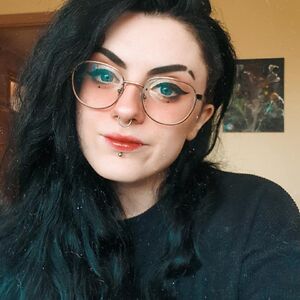




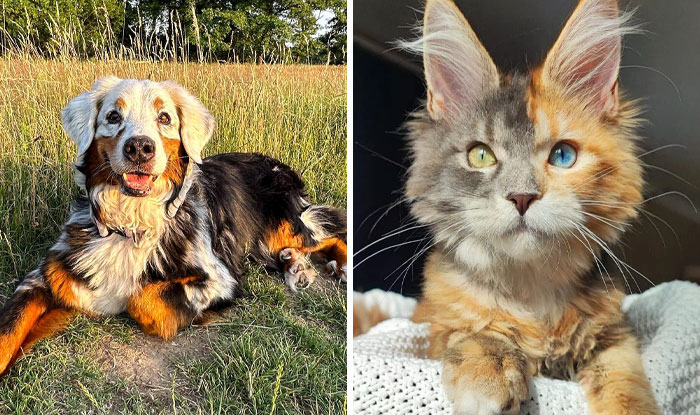



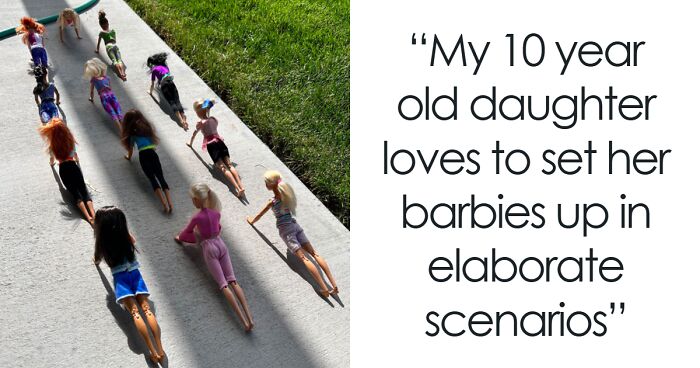


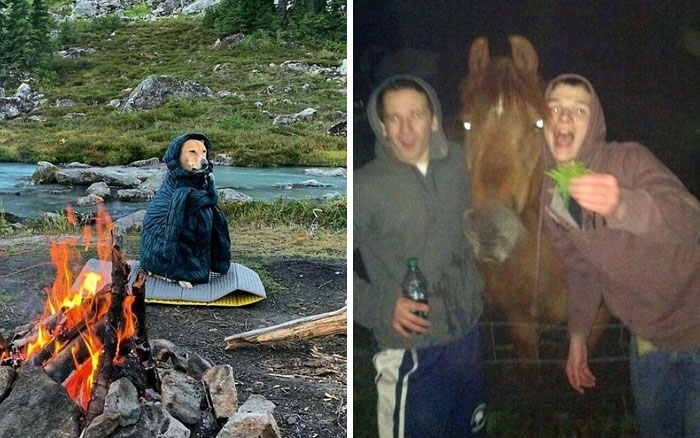

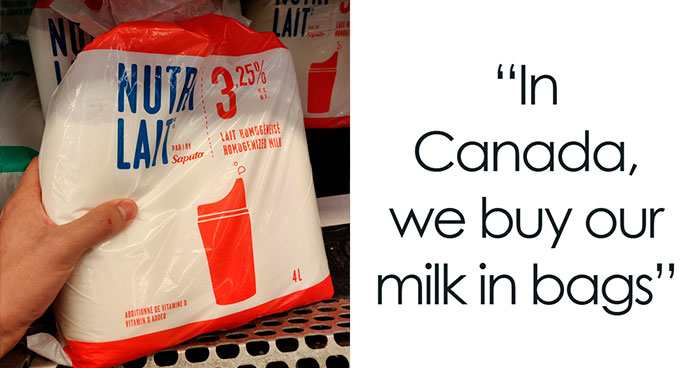
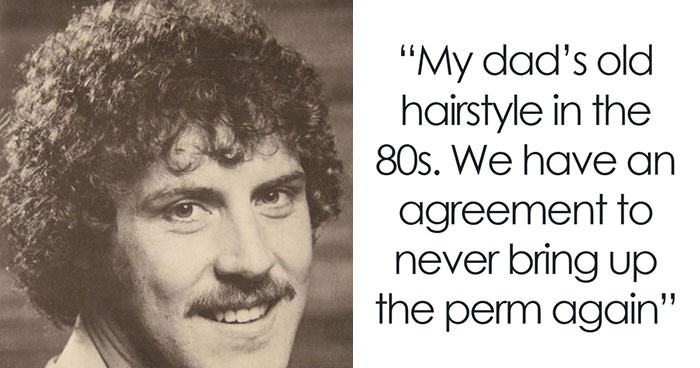



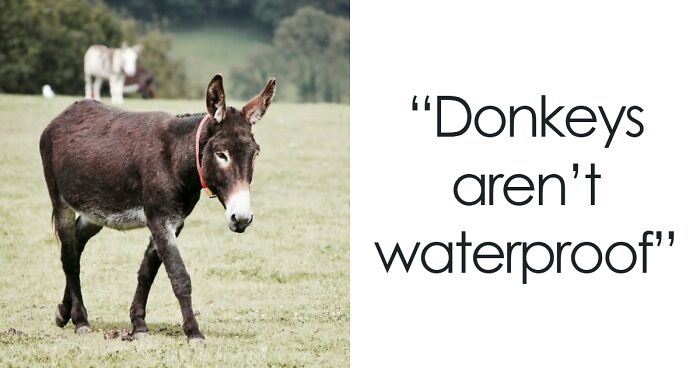


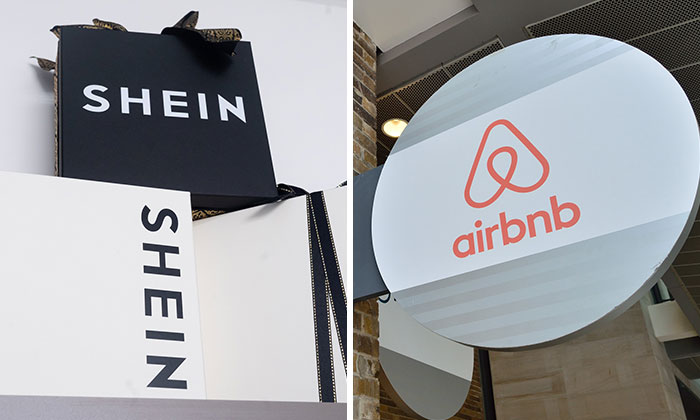
1
0